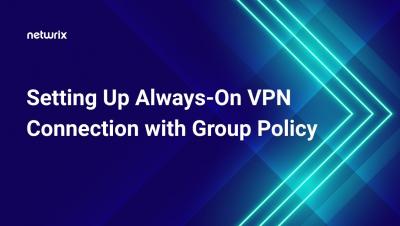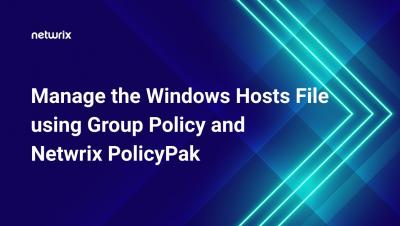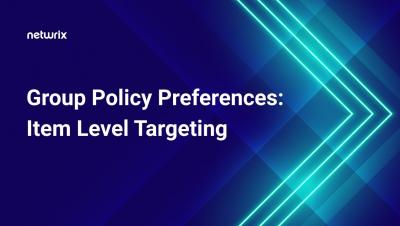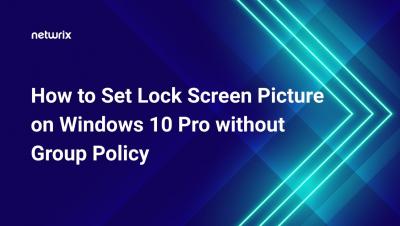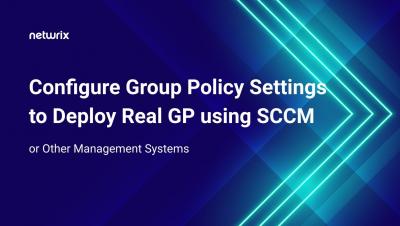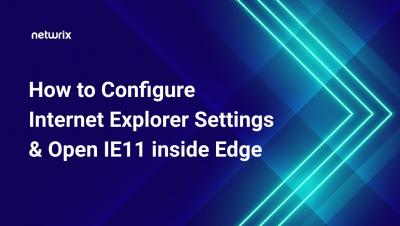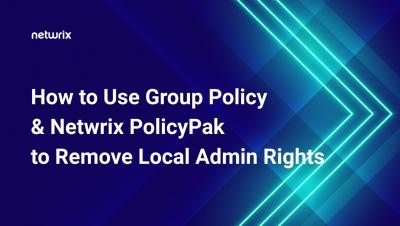Attacking Local Account Passwords
Learning how attackers target weak domain account passwords is not enough for Active Directory security. Let’s look beyond domain accounts and understand the ways adversaries attack local accounts on Windows servers and desktops. For this post, we will focus on the most important local account: Administrator.




